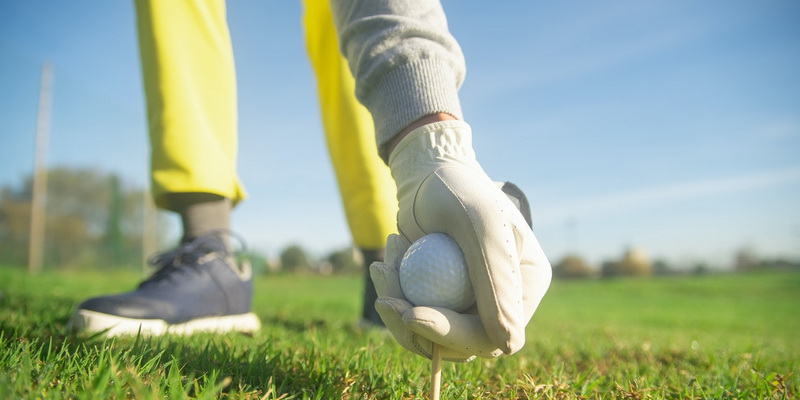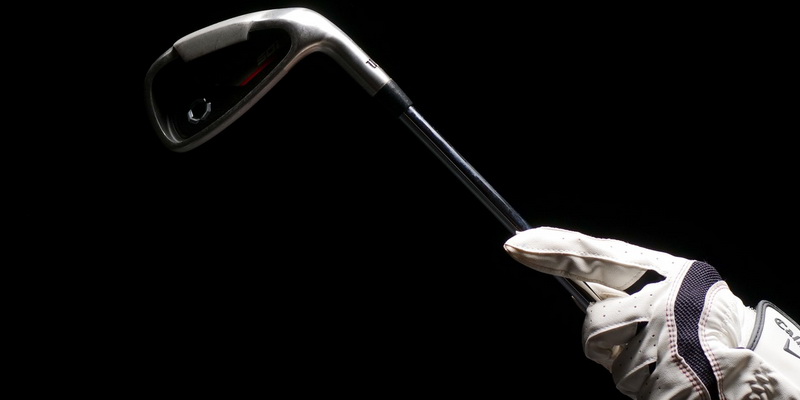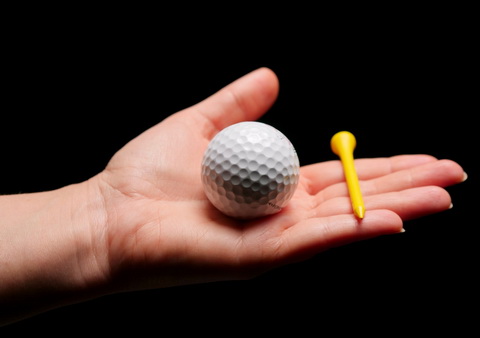Basic rules for golf
Golfers love rules and etiquette. Golf rules are considered too detailed and stringent. Many newbies find it a pretty hard rule to adopt in their early stages of discovering the game. Over the years, the rules have continued to become more favorable. The official golf rule book is 100 pages and quite detailed. In this article, we will introduce basic rules for golf which you can refer to details from time to time.

How to play golf?
The basic explanation of playing golf is trying to get the ball into 18 holes in the course. The player starts by setting up the tee at the tee box then takes a swing. In the next step, the player hits the ball from either of the three hitting positions; from the rough, the fairway, or bunkers.
Should the ball land out of bounds or in the water, it may result in a penalty. Hit the ball, again and again, using different clubs until you get the ball in the green zone and ultimately into the hole. The basic rules for golf allow you to go as far as the par though your final score will be affected.
Interesting facts about how to play golf for beginners
- You can either play solo or play with a group.
- A round of golf takes approximately 2-5 hours. The time varies.
- All golf courses are not 18 holes. There are some which are smaller and others much more extensive.
- Some golf courses have strict dress codes. Make sure to check ahead.
- If you are a starter, don’t compete; learn first.

Basic rules for golf
Clubs in the bag. Golfers are allowed to carry up to 14 clubs in a bag on a competitive round. If you wish to carry less, it’s allowed but has allowable contents; otherwise, you risk penalty strokes in every penalty stroke. For example, Ian Woosnam lost two strokes because of carrying too many of one club in the 2001 Open Championships.
8 rules in golf for beginners
1. Play within parameters of the tee
Playing within the first tee is quite a hustle. Even seasoned golfers find it a challenging task. So, make sure you are in the right position, between and behind the front of the suitable markers. Medal tees use white markers; men use yellow markers and red for the ladies. You must also stand within two club lengths. It’s easy for starters to forget all these rules once you start concentrating on swings. To keep you alert on the markers, there’s a penalty of two strokes if you tee up the ball outside the markers.
2. Don’t play the wrong ball
This may seem obvious, but with many stamped golf balls, it’s easy to play a ball that’s not yours. A wrong ball play in a match play game leads to a hole in singles; in Strokeplay, you get a two-stroke penalty. To avoid this mistake, have distinctive marks. Should you get confused and are unsure whether it’s your ball, don’t worry. There are rules in golf for beginners for such scenarios. First, alert other players, mark the ball carefully with a tee peg, and lift the ball for identification. Don’t clean. Once confirmed, place it back in the same spot.

3. Green rules
After reaching the green, there are several key rules you should note. The greens position allows golfers to clean up the ball. Before lifting it, replace it with a coin or a disc. Once cleaned, replace the ball on the exact spot. A change in spot position attracts hefty penalties.
You are within rights to repair any damages on the green, like flagstick, indentations from the club, ball marks, and animal damage. However, do not make the mistake of making repairs to aeration holes, surface imperfection, and holes nature wear.
4. You should play ball in the lying position
Unless your 100-page pocket rule book allows, play the ball as it lies. If the ball is moved or swayed by water or wind’s natural forces, the player ought to resume play from the new ball position. If anything other than the natural forces moves the ball from its lying position, replace it to the original position.
All golfers must be very careful when walking around balls at rest. In case you make an opponent’s ball move, you will get a stroke.
5. Unplayable lies
There are certain positions you cannot play the ball from. What if it stops in an unplayable position? What do you do? Firstly, there are three solutions to this. First, the golfer can use an unplayable ball relief as provided in rule 19. 2a, b, or c. in each option, the player will attract a penalty stroke. Another option will be taking a stroke and distance relief following rule 19.2a if the player wishes to take the ball back to the through lateral relief under rule 192. c, the player ought to understand the original ball position.

6. Seeking advice
Golf is a renowned sociable sport and the most solitary game at the same time. As reflected within the golf rules for beginners, you cannot ask for particular advice. For example, a player cannot ask for advice on club selection unless it’s your teammate. If you are playing foursomes or fourball, for instance, you can only ask advice from a caddie.
7. Understanding ball striking
If you think striking a ball is a matter of practice and strategy, strategy comes to play under specific rules. For example, a difficult lie on an awkward stance requires you to strike the ball with the club’s head. The way you spoon, scrape or flick must be under the main description of what a stroke is.
8. Score in the right manner
By the time you complete the Strokeplay round, confirm that your card is complete. Next, compare your scores on a partner’s card. Once confirmed that those are the actual score, both parties then sign the card. There is possible disqualification on all unsigned and incorrect scorecards.
To play good golf, have the right attitude, and invest in good equipment. So, if you are a beginner, it is wise to let your partners know you are still learning basic rules for golf. Then, they might be more willing to help you catch up. Always get to the course prepared in the right golfing gear, whether it’s a competition or a solo play.
